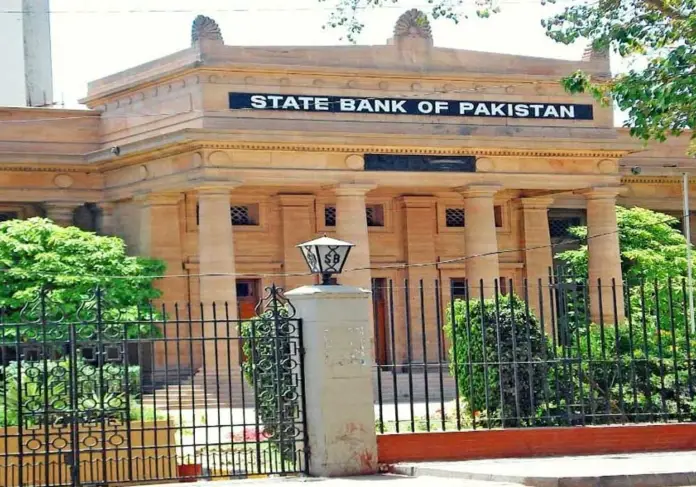State Bank of Pakistan on Monday announced an increase in the interest rate by one percent to 17pc.
This was announced by (SBP) Governor Jameel Ahmad while addressing a press conference in Karachi. He said that The Monetary Policy Committee (MPC) had decided to increase the policy rate by 100 basis points to 17 percent. He said that the committee noted that inflationary pressures are persisting and continue to be broad-based. According to a statement issued by SBP, if these remain unchecked, they could feed into higher inflation expectations over a longer-than-anticipated period.
The MPC stressed that it is critical to anchor inflation expectations and achieve the objective of price stability to support sustainable growth in the future. Since the last meeting, the MPC particularly noted three important economic developments. First, despite some moderation in November and December, inflation continues to remain elevated. Importantly, core inflation has been on a rising trend for the past 10 months. Moreover, the recent pulse surveys show inching-up of consumers and business inflation expectations.
Second, near-term challenges for the external sector have increased despite the policy-induced contraction in the current account deficit. The lack of fresh financial inflows and ongoing debt repayments have led to a continuous drawdown in official reserves. Third, the global economic and financial conditions broadly remain uncertain in the near-to-short term, leading to mixed implications for the domestic economy.
The expected slowdown in global demand could negatively impact the outlook of exports and workers’ remittances for emerging economies, including Pakistan. This would partly offset the gains from the import contraction. On the flip side, some moderation in the international commodity prices may help reduce inflation, and the improvement in global financial conditions may also provide some relief on the external sector.
On balance, the committee reiterated its November 2022 assessment that the short-term costs of bringing down inflation are lower than the long-term costs of allowing it to become entrenched. The MPC also emphasized on the engagements with the multilateral and bilateral partners to overcome domestic uncertainty and to address the near-term external sector challenges.
The incoming high-frequency data continues to suggest broad-based and sustained moderation in economic activity in response to policy tightening and exogenous shocks, like the 2022 floods. Sale volumes of automobiles, POL, and cement declined significantly in December on y/y and m/m basis. On the production side, the large-scale manufacturing (LSM) output declined by 5.5 percent in November 2022. Going forward, production cuts by firms and supply constrains could pull LSM growth further down. Moreover, the latest data on cotton arrivals point to lower crop production than anticipated earlier.
This could potentially weaken the agriculture sector outlook despite satisfactory reports about sugarcane production and progress on sowing of wheat crop for the current season. Taking stock of these developments, the MPC views that the downside risks to the SBP’s baseline growth outlook for this year have increased. The current account deficit narrowed by around 60 percent to $3.7 billion in H1-FY23. This substantial reduction was due to a sharp contraction in imports, reflecting the impact of policy tightening and administrative measures.
The contraction in imports was broad-based, with all major groups, except food and petroleum groups, recording declines. Petroleum imports increased by 17.4 percent (BOP data), resulting in their share (in total imports) rising to 34.1 percent in H1-FY23 from 23.7 percent in H1-FY22. In this backdrop, the MPC noted that effective implementation of energy conservation measures and appropriate pricing of petroleum products is critical for much-needed reduction in energy imports.







